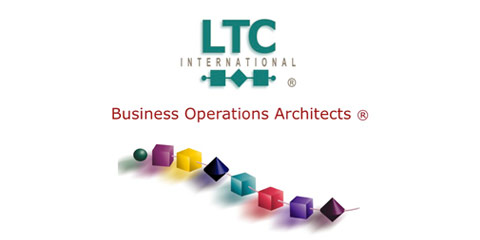
article page | 1 | 2 | 3 |
-
Alon Meller who is leading the Amdocs Product Catalog initiative outlined the process of capturing the information and relationships that should be stored in the Product Catalog. Customer, Service, Pricing, Billing, and Network for example might currently have information scattered in 20 or 30 “catalogs”, that are part of various OSS/BSS applications, which are likely running on a variety of different computing platforms too. He described the process of bringing the information together as expensive and time consuming (not want anyone wanted to hear, but he is right that this type of consolidation is a major effort).
-
Doug Zone, CTO of MetraTech made the point that tackling the need for coherent information about products must be part of an overall decision about architecture. He also cautioned that very few companies actually know what’s in many of their applications and how the data is used within, and between applications. Rather than choosing yet another tool, and beginning a major consolidation effort, he cautioned that it important to first really know the business Processes around Products.
|
|
Having chairs and tables scattered around meant that you didnít need to leave the hall in order to rest your feet, make a call or type up some notes. A nice touch.
|
|

Crossing (whose newly created position, VP of Customer Experience Engineering, makes it clear how much emphasis is being placed on getting this right), Skip Kline, the Provisioning Architecture Analyst at Cox Communications and Ashvin Vellody, Director, Enterprise Architecture at U.S. Cellular. Here are some of the highlights of their discussion:
-
Ashvin noted that U.S. Cellular has been focused on providing the best possible customer experience for several years, and is using a Southwest Airlines-style approach of empowering every employee to do the right thing. As a result, it has managed to bring churn down below 1.5% per year. He made clear that even though he leads IT, it is not about tools; it’s about what happens with every customer touch-point.
-
Laurinda echoed this sentiment and went further, pointing out that it is not enough to get a great customer
|
|
|
|

This session provided some lively debate about whether or not a centralized repository for Product information would result in streamlined product lifecycle management and improved profit margins. What was clear once again is that however you choose to store your product details, you had better first understand the process of getting that product profitably to market.
It is all about the Customer
This conference featured a number of panel discussions which enabled the audience to hear many different perspectives in a very efficient format. The service provider panel on Customer Experience was a great example of that. We heard from Laurinda Pang of Global
|
|

-
satisfaction score (Global Crossing is currently achieving a 98% score), it is about creating customer loyalty. To figure out what it takes to earn that loyalty means talking with customers – a lot. Once you’ve been able to determine exactly what is important to them, who is doing that well and who isn’t, you then have an opportunity to seize. Delight them by addressing that high value item and you’ll earn that loyalty.
-
Skip Kline noted that at Cox their challenges are about the new products and services in their non-core business (i.e. telephony). Cox has a
article page | 1 | 2 | 3 | |
|




